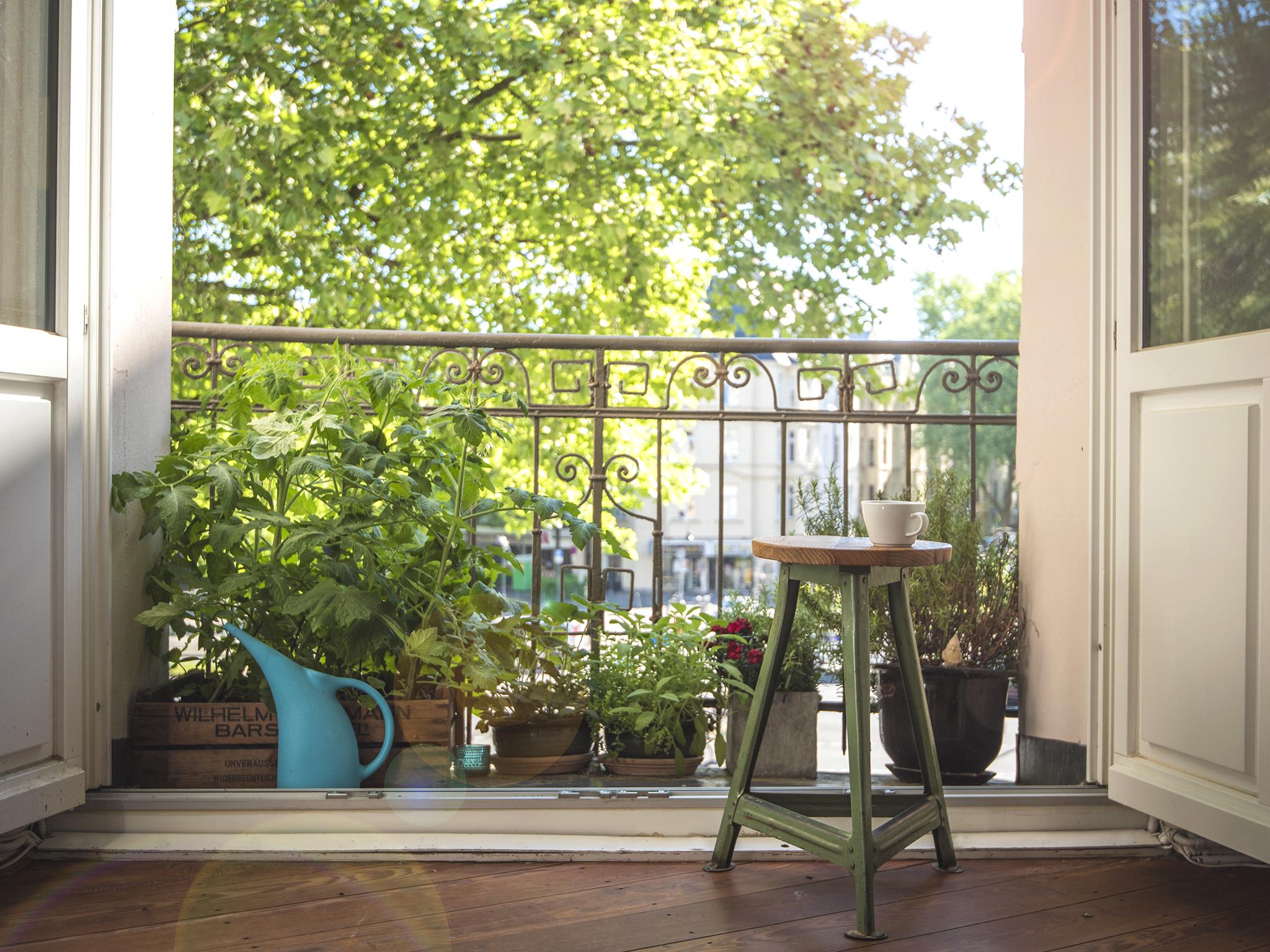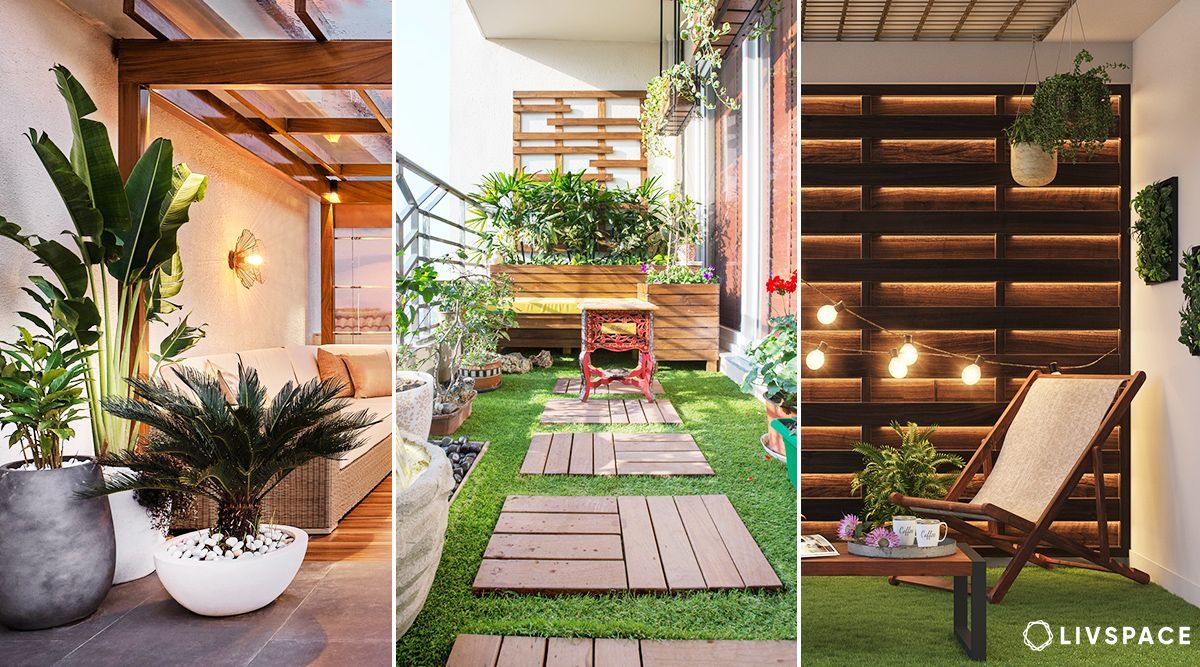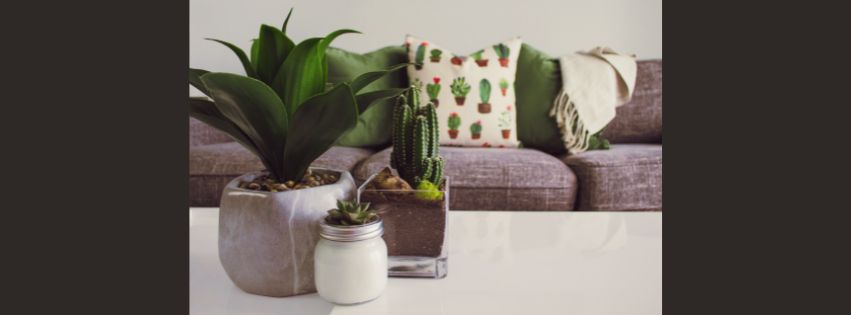For successful indoor gardening, ensure ample lighting and maintain consistent watering schedules. Select appropriate plants for indoor conditions and use high-quality soil.
Embracing indoor gardening can transform your living space into a lush oasis, marrying aesthetics with well-being. Starting an indoor garden requires understanding the unique needs of houseplants, which differ from their outdoor counterparts. Key factors include choosing the right location within your home that provides sufficient light, be it natural or supplemented by grow lights.
Indoor Gardening Tips: Managing humidity and temperature also plays a crucial role in the health of your indoor garden. Utilizing pots with proper drainage and selecting the right soil type can mean the difference between thriving plants and those that struggle. By investing in the right tools and doing your research, you can cultivate a vibrant indoor garden that enhances your home and life. Regular pruning, along with attentive care, ensures your greenery remains as stunning as it is robust.
Table of Contents

Credit: www.independent.co.uk
Green Indoors: Starting Your Indoor Garden
Finding the perfect spot for your indoor garden is key. Be sure it gets enough sunlight and stays at a constant, comfortable temperature. A quiet corner with a window might just be perfect. Remember, plants thrive with good light!
For beginning gardeners, here’s a list of must-haves:
- Choose small pots or containers with holes at the bottom.
- Select soil that suits your plants.
- Make sure to have watering tools, like a watering can.
- Get basic fertilizers for your plant’s health.
- Research the plants you want to grow.
Start simple. Herbs like basil and mint are great first choices. They are easy and useful in the kitchen!
Picking Your Plants: Species That Thrive Inside
Indoor gardening requires choosing plants carefully. Low light conditions favor certain species. Snake plants and pothos top the list of resilient greens. They need minimal sunshine, making them ideal for less sunny spaces. Ensure to rotate them periodically for even growth.
Air-purifying plants enhance your home’s atmosphere. Peace lilies and spider plants remove toxins from the air. They need watering only once a week.
Love fresh flavors in your food? Grow edible plants and herbs indoors. Basil, mint, and chives are perfect for starters. They require small pots and consistent watering. Position them where they get a few hours of sunlight daily.
From Pots To Planters: Selecting Containers
Choosing the right container is key for successful indoor gardening. Different materials have various benefits and drawbacks. Ceramic pots are popular, but they can be heavy and breakable. In contrast, plastic planters are lightweight and cheap, yet they might not offer the best breathability for roots.
Another crucial factor is the size of the pot. The container should match plant size, allowing roots to grow. Small pots can limit growth, causing the plant to be root-bound. On the other hand, large pots hold too much soil, which can retain excess water and harm the plant.
Drainage holes are also non-negotiable. They allow water to escape, preventing root rot. Always check for holes at the pot’s bottom. If absent, can you drill them? If not, consider a different pot.
Optimal Conditions: Lighting And Temperature
Natural light and grow lights both have their place in indoor gardening. Sunlight is the best for plants. But not all homes get enough sun. Grow lights can help here. They provide the light plants need. You should place grow lights about 12-24 inches above plants.
Keeping temperatures ideal is key for plant growth. Most plants like it between 65°F and 75°F during the day. At night, a drop to 55°F to 65°F is good. Try not to let it get colder. Use a thermometer to check the room temperature. Make sure it stays warm enough for your plants.
Mastering Moisture: Watering And Humidity
Indoor gardening requires knowing water needs for each plant. Different plants need different amounts of water, based on their natural habitat. Setting up a regular watering schedule helps prevent under or over-watering. Use a water meter or the finger test to check soil moisture level.
To increase humidity, especially for tropical plants, several methods can work. Placing plants on a water-filled tray with pebbles ensures water evaporates around them. Grouping plants together creates a micro-climate with shared moisture. Regular misting can also boost air humidity. Always observe your plants for signs of low humidity, like brown leaf tips.
Nutrients And Fertilizers: Feeding Your Indoor Garden
Plants need the right food to grow strong and healthy. Just like us, they need different nutrients. You can find these in fertilizers. There are two main types of fertilizers: organic and synthetic.
Organic fertilizers come from natural sources. They can be from plants, animals, or minerals. These are good for your plants and the environment. They release nutrients slowly. This is good for your plants.
Synthetic fertilizers are man-made. They work fast. But they can harm the soil and water if not used right. Always follow the directions on the label.
Growth Guidance: Pruning And Training
Pruning aids in keeping plants healthy and productive. By cutting away dead or overgrown branches or stems, air and light reach the plant better. Healthy growth thus gets boosted. Always use sharp scissors or pruning shears. This ensures clean cuts that heal quickly.
Training your plants helps them grow in the direction and shape you want. Use ties, stakes, and trellises. These tools offer support for better growth. Bend and secure vines or branches carefully. Always be gentle to avoid breaking your plants.
Troubleshooting Common Issues
Indoor gardening often faces challenges like pests and diseases. Regularly inspect plants for early detection. Natural remedies, such as neem oil or soapy water, can control infestations. Ensure proper plant hygiene and isolate affected plants to prevent spread.
Environmental stress, including extremes in temperature, light, or humidity, can harm plants. Use thermometers and hygrometers to monitor conditions. Adjust positioning relative to windows and use humidifiers or shading techniques as needed. Gradual changes help plants adapt without shock.
Beyond The Basics: Advanced Indoor Gardening Techniques
Hydroponics lets you grow plants without soil. Instead, plants soak their roots in a nutrient-rich solution. This method speeds up growth and reduces pests. Many gardeners love it because it’s clean and efficient.
Growing new plants from old ones is called propagation. You can snip off a piece of a plant, like a leaf or stem, and let it grow roots. Soon, you’ll have a brand-new plant! It’s like plant magic in your own home!
Sustainability In Indoor Gardening
Indoor gardening can be both fun and sustainable. Practicing eco-friendly gardening is vital. To begin, use reusable pots and containers. Opt for biodegradable planters whenever possible.
Recycling is a key aspect. Always choose recycled materials for your gardening needs. Create a small compost bin. This will help recycle organic waste into nutrient-rich soil.
Water conservation is important too. Collect rainwater to irrigate your plants. This saves water and is great for your garden. Go for drip irrigation systems. They require less water than traditional methods.
Lastly, non-toxic pesticides keep your garden safe. They are better for you and the environment. Choose natural fertilizers over chemical ones. They are healthier for your plants.
Connecting With Community: Sharing Your Indoor Oasis
Connecting with your local community can enhance your indoor gardening journey. Plant swaps are fun events where you meet others and exchange plants. It’s a great way to expand your collection without spending money.
Consider joining social gardening groups online or in person. These groups often share useful tips and support for gardening challenges. Kids can also get involved! Teaching children about plant care is rewarding and educational. They learn responsibility by taking care of a living thing.
Start simple projects like herb gardens or easy-to-grow succulents. Use clear jars or containers so kids can watch the roots grow. Remember, teaching them now can spark a lifelong love of gardening.

Credit: www.livspace.com
Frequently Asked Questions For Indoor Gardening Tips
How Do I Start An Indoor Garden For Beginners?
Choose a well-lit area indoors and select easy-to-grow plants like herbs or succulents. Get suitable pots, quality soil, and proper gardening tools. Ensure regular watering based on plant needs, and use fertilizers as required to nourish your plants. Monitor for adequate light and temperature.
How Do You Grow Indoor Plants Successfully?
Choose the right plant for your space’s light levels. Keep soil moist but not overwatered. Ensure proper drainage in pots. Fertilize regularly for adequate nutrition. Monitor for pests and diseases early.
How Can I Be A Better Indoor Gardener?
To improve at indoor gardening, ensure your plants get sufficient light, water them properly, use quality soil, select appropriate containers, and maintain a consistent temperature and humidity. Regularly check for pests and diseases, and trim plants to promote growth.
How Do You Take Care Of Indoor Plants For Beginners?
Choose the right plants suitable for indoor conditions. Ensure proper lighting, neither direct sun nor too dark. Water your plants as per their specific needs, avoiding overwatering. Maintain humidity and temperature suitable for each plant. Regularly check for pests and fertilize appropriately during growing seasons.
Conclusion
Embarking on your indoor gardening journey transforms any space into a lush haven. Remember these bite-sized green thumb strategies to keep your plants flourishing. From optimal watering habits to sunlight acclimation, your indoor oasis awaits your nurturing touch. Nurture growth, relish tranquility, and watch your garden bloom.
